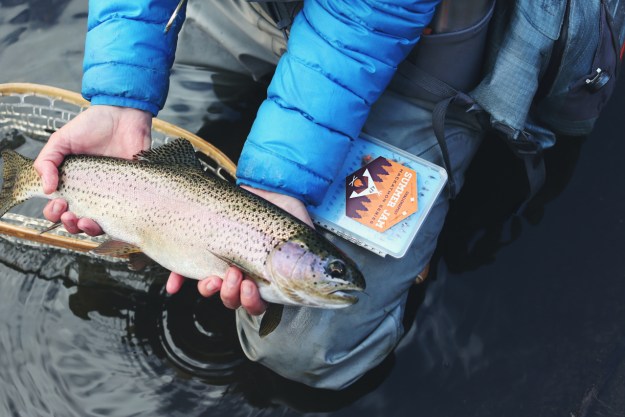Even amid the awe-inspiring beauty of Yosemite National Park, El Capitan stands out. Around the world, the rock formation is legendary among park visitors, photographers, and mountain climbers. However, even frequent visitors have likely never witnessed its annual “Firefall” phenomenon.
Horsetail Fall is a 1,570-foot waterfall that cascades down El Capitan’s eastern face in winter and early spring. Beginning in the second half of February each year, light from the setting sun strikes the water at just the right angle. For the next week or two, the sunlight illuminates the upper portion of the waterfall, causing it to glow a deep, vibrant crimson and orange. The result is a rare and spectacular natural display reminiscent of a lava waterfall now popularly known as the Firefall.

The spectacle can be finicky as it requires just the right conditions to occur. First, the winter snowpack must be sufficient, and the air temperature warm enough in late February to melt the snow. This ensures proper water flow at Horsetail Fall (a condition that’s lacking in October when the angle of the sun is the same as in February, but the falls are dry).
Second, the sun must be at just the right angle near the horizon. The event also requires a clear view of the western sky at sunset. Clouds or slight fog can obstruct the light from the sunset meaning the falls won’t be properly illuminated. This is especially tricky in the Sierra Nevada, as the weather varies wildly day to day, even hour to hour. The sky can be crystal clear in the morning but socked-in that same afternoon.
Like the elusive green flash phenomenon, when it does occur, the event is short-lived. Even under ideal conditions, it only lasts for about ten minutes each day. Suffice to say, predicting the best time to see it isn’t an exact science. That said, Aaron Meyers, a diligent Firefall photographer, predicts the best time to see the event in 2022 will be on February 21, between 5:27 p.m. and 5:39 p.m.

Firefall was captured in 1973 by photographer Galen Rowell, who snapped its first-ever photograph. For decades, it occurred each year in relative obscurity. It wasn’t until recently — with the proliferation of blogs, Facebook, and the internet — that it began to garner worldwide attention. The good news is that no reservations or special permits are required to view the event. The bad news is that means crowds gather by the thousands every day to witness the spectacle. The few hotels in the area routinely sell out months in advance, so be sure to book early.
The National Park Service reports that “on February 22, 2019, over 2,000 visitors viewing Horsetail Fall gathered in areas mostly lacking adequate parking and other facilities. Visitors spilled onto riverbanks, increasing erosion and trampling vegetation. As riverbanks filled, visitors moved into the Merced River, trampling sensitive vegetation and exposing themselves to unsafe conditions. Some undeveloped areas became littered with trash, and the lack of restrooms resulted in unsanitary conditions.”
This flood of visitors coupled with the ongoing pandemic has forced the National Park Service to restrict traffic in and around El Capitan during Firefall. For 2022, restrictions are in effect from February 10 through February 28, between noon and 7 p.m. This includes limited access to some parking areas, crossover roads, and lanes of travel. For a complete list of closures in Yosemite, specifically those related to the Firefall event, be sure to check the official NPS website.
Need a place to stay near Yosemite when you make your own 2022 Firefall pilgrimage? Check out AutoCamp’s latest Airstream-centric glamping outpost. for a one-of-a-kind, vintage travel-inspired stay.
Editors' Recommendations
- Yellowstone vs Yosemite: Which national park should you visit?
- Zion National Park Forever Project Opens East Zion Bike Trail


